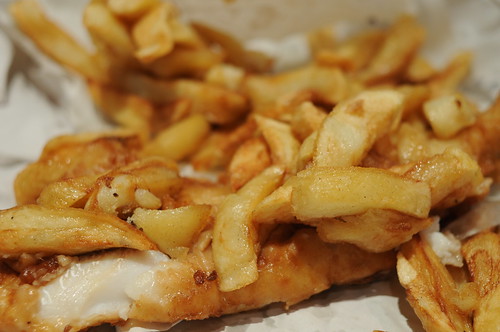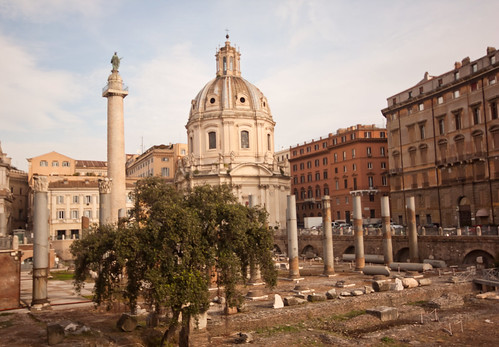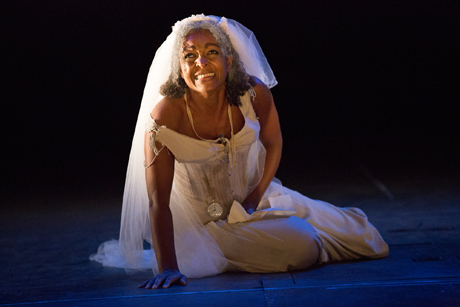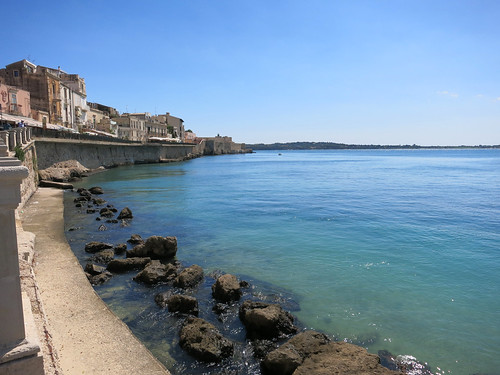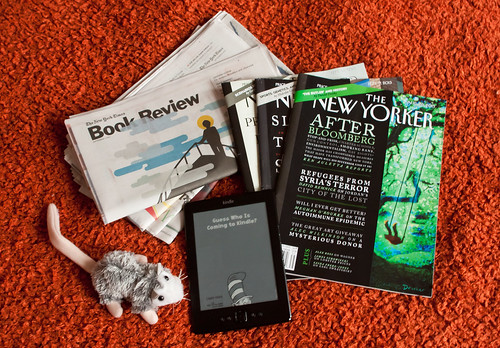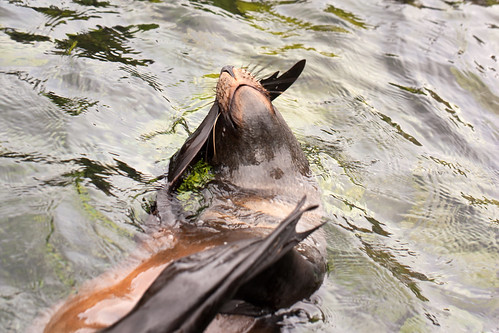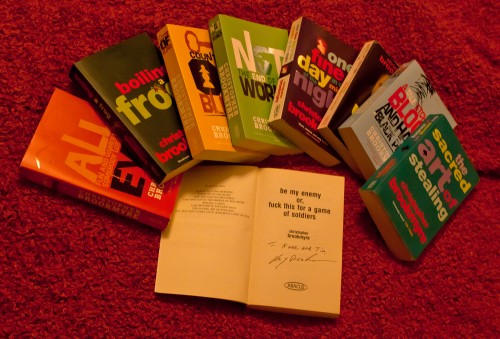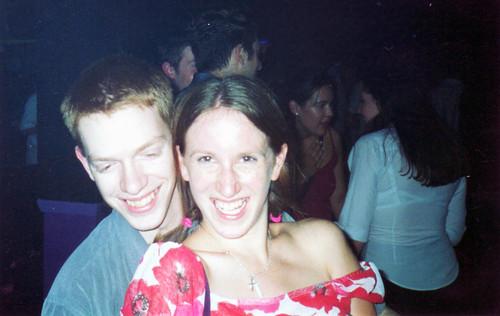From veggie to…pesce?
I made a decision a few months ago that for me was a really big deal, though it has little to no impact on anyone else. It will make me less of a pain at mealtimes, but there’s limited people who got to see me being a pain anyway, I hope! What am I talking about? After almost 19 years of being a strict vegetarian I have started eating fish.
As I say, this was a big decision and not one I took lightly. I became – and stayed – vegetarian for a raft of reasons, many but not all of which apply to both meat and fish. I’m not going to list all my reasons for the big switch here, but they include the fact that between IBS and lupus it’s really useful to have more options of where and what I can eat. And I also like the idea of being able to travel more widely without stressing about what I’ll be able to eat there (it really helped in Sicily; the diet there seems to be at least 50% fish and seafood).
For the record, the idea of my eating meat still makes me feel a bit sick (I have no problem with others eating meat, that’s just my personal reaction) but somehow fish has always been a completely separate thing in my head. And I don’t feel that I was lacking any nutrients on a fully vegetarian diet. My various health problems mean I’ve been pretty closely monitored by the docs over the last 10 years and not once has it been suggested that something was wrong with my diet.
What I really wanted to write about here is the process of adding fish to my diet, because almost everyone I’ve spoken to about it has been really interested. Or maybe they were all being polite. Anyway, once the decision was made, Tim and I made a careful plan. There were a few things to consider. The primary worry was that fish would turn out to be an irritant to my IBS, because that would be a complete fail. Slightly less worrying was the possibility that I wouldn’t be able to properly digest fish after so many years. I say less worrying, because the human body is pretty impressive and quickly adapts to changes in diet, so that would only have been a temporary problem. And the third worry? That I just plain wouldn’t like it. The thing is, as a child I really disliked fish, but then I also disliked tea, coffee and other things I’ve come to love.
We started with a small quantity of smoked salmon in some pasta. It was probably the first smoked salmon I ever ate and man was it tasty. And such a strong flavour; I hadn’t expected that, somehow. I really didn’t want to wait a whole week for the next culinary experiment but, y’know, we were being sensible and all. Next up, Tim poached some haddock. Another success, this time with the mild kind of taste I’d been expecting. Week after week, I discovered new textures and flavours, all of which I loved. I even, when Tim had to go away for work, cooked myself a tuna steak (loved the taste but I was a bit put off by how much it looked like a slab of meat on my plate).
So far the only fails have been prawns (I was a bit bothered that they still look like the animal, if that makes sense, and I threw them up, which may have been psychological or may have been a genuine reaction; I’m avoiding them for now) and small fry (a bit of an ordering fail while in Italy, to be honest, but good to know that it is possible for me to dislike a fish dish!).
I am finding this whole thing genuinely exciting, there is so much new stuff for me to discover! And it even makes me a little sad to think that in a year’s time or maybe even less, fish will just be one more ordinary ingredient in my regular diet, rather than a new discovery. For now, though, it’s all about the fun. (Tonight we made monkfish tacos with homemade guacamole – super tasty!)
I do feel a twinge of guilt now and then, because for so long being a vegetarian was part of who I am. It’s very strange defining myself as pescetarian. But so much fun queuing up all the possible permutations of fish dishes! Fish lovers out there: what dish do you recommend?
